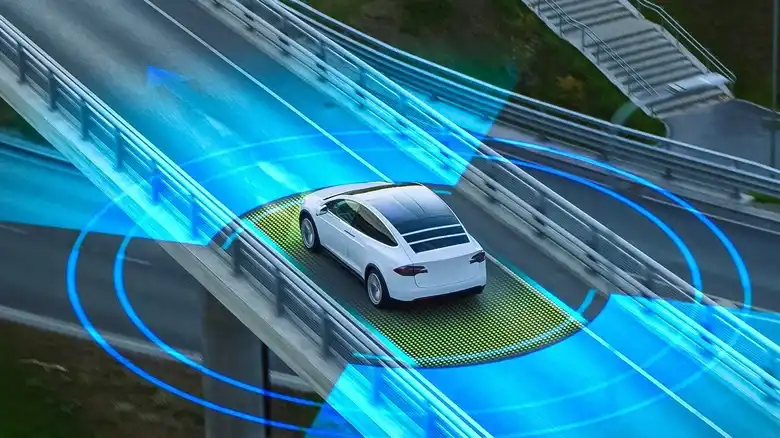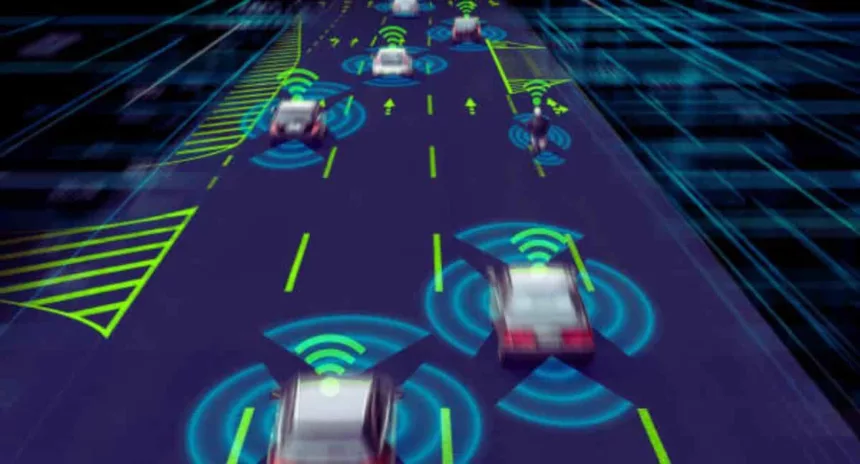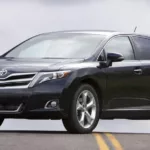Lane-keeping assist, a key component of modern cars’ advanced driving assistance systems (ADAS), goes by various names depending on the car manufacturer. You might have heard it referred to as “lane departure mitigation” or “active lane-keeping assistant.” Despite the nomenclature diversity, these systems share a common mission.
In a nutshell, lane-keeping assist prevents your car from veering into adjacent lanes or off the road by issuing either audible warnings or providing tactile feedback through the steering wheel. In some cases, these systems can even take control and autonomously guide the vehicle back to the lane’s centre if the driver doesn’t respond promptly.
This technology relies on forward-facing cameras, sometimes complemented by infrared sensors, to monitor the road’s lane markings. If the system detects any signs of your vehicle drifting out of its lane, it promptly alerts you and, when necessary, applies a steering correction to keep your car perfectly centred.
Some vehicles take it a step further, offering an upgraded lane-keeping assist with lane-centring capabilities. These advanced systems can deftly guide your car through curves with minimal human intervention. Of course, drivers still retain control and can override the lane-keeping assist by gently resisting the steering input or by using their turn signals when changing lanes.
 The question you might be pondering is whether your car needs lane-keeping assistance. Since this feature typically comes bundled with other advanced driving assistance systems like blind-spot warnings and automatic emergency braking, it works in conjunction with them. However, it’s essential to note that you can choose to deactivate the lane-keeping function in urban settings by using the conveniently placed on/off button on your steering wheel or infotainment screen.
The question you might be pondering is whether your car needs lane-keeping assistance. Since this feature typically comes bundled with other advanced driving assistance systems like blind-spot warnings and automatic emergency braking, it works in conjunction with them. However, it’s essential to note that you can choose to deactivate the lane-keeping function in urban settings by using the conveniently placed on/off button on your steering wheel or infotainment screen.
Keep in mind that for lane-keeping or lane-departure alerts to function effectively, they require clear and visible lane markings. These systems are most effective during highway driving. In contrast, they might prove more intrusive than helpful on city streets or narrow country roads with inconsistent or absent lane markers.
Now, the big question remains: is lane assist a worthwhile feature for your car? Consider this – up to 26% of road accidents involving injuries or fatalities can be prevented with lane-keeping assistance, and nearly 40% of fatal crashes occur when vehicles stray between lanes. Lane-keeping assistance is not just a convenience; it can genuinely save lives and help counteract the effects of fatigue, drowsiness, or distracted driving. The beauty of it is that you have the flexibility to switch it on or off as needed. So, when you hit the highway, don’t forget to engage your lane assist for that added layer of safety.
Stay up-to-date on the latest tech and auto news and insights! Follow us on Google News, Instagram, X (formerly Twitter), Pinterest, and Facebook for daily updates.










